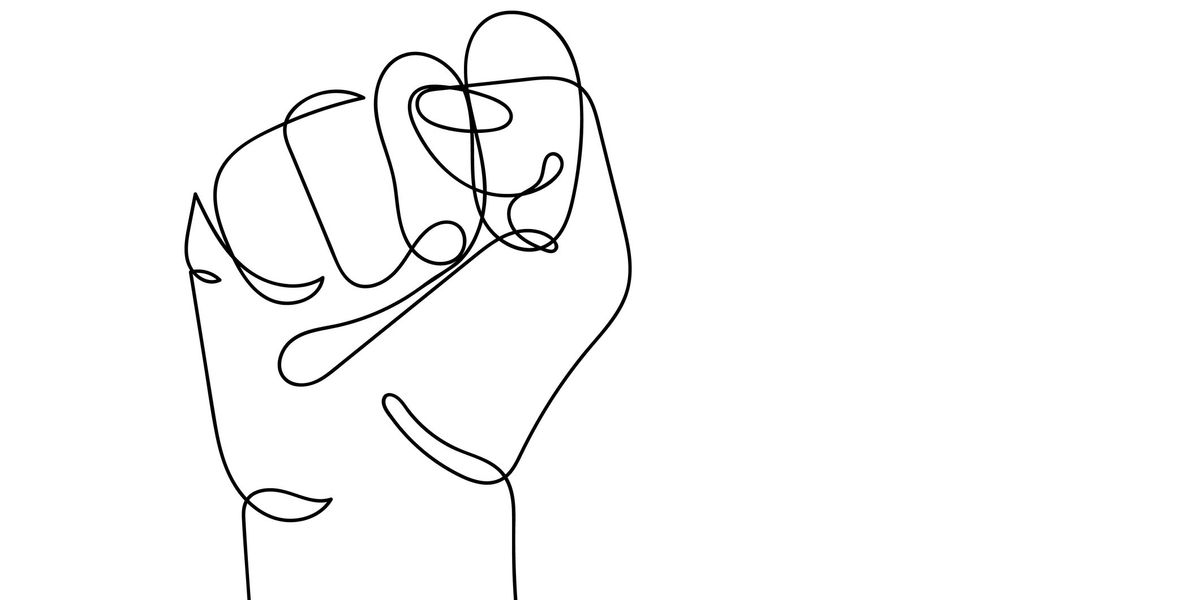These Ballet Dancers Are Calling Out Inequity at Their Companies
Over the past few years, calls for the ballet world to become more diverse, equitable and inclusive have become a regular rallying cry. Most of the public complaints, however, have been about general, systemic problems throughout the field.
But this week, as our entire country is reckoning with the devastating effects of racial injustice on the Black community, a handful of dancers have taken to Instagram to directly call out the problems they’ve seen in their own companies:
George Sanders Asks Ballet Memphis to Live Up to Its Mission Statement
In this video, George Sanders, who recently left Ballet Memphis, takes issue with the way the company prides itself in being a diverse company, yet, by the time he posted this, leaders had not done anything to address today’s violence against Black people. “Where’s your voice?” he asks.
His overall message is that he feels used. He points out that although the company hires Black dancers and choreographers, and uses Black music and culture, the staff remains all white. When a Black choreographer made a piece about social injustice and inequity, Sanders says she was asked to change it to something that shed more light and hope.
“I’m challenging them to say something,” says Sanders. “Your silence is heard.”
Nicholas Rose Asks National Ballet of Canada to “Do Better”
In an Instagram video, National Ballet of Canada corps member Nicholas Rose pointed out that right now, he and other Black dancers are going through terrible pain. But, when he recorded it on Monday, he said none of the company leaders had reached out to offer support. Only six of the company’s dancers asked if he was okay. He says, “A hashtag won’t do it. That’s lip service.”
He claimed ballet masters have confused him with fellow Black dancer Siphesihle November, and alleged that someone photoshopped his lips on his headshot.
Rose acknowledged that NBoC is not the only company where things like this happen, and encouraged his peers to speak up.
Update: The following day, Rose had a meeting with company leadership and wrote, “From here on OUT, we focus on SOLUTION BASED MINDSETS.” He has since taken down his original post.
Jonathan Batista Asks Oklahoma City Ballet to Consider Its Promo Materials
Rose and Sanders’ posts inspired Oklahoma City Ballet principal Jonathan Batista to speak up in his Instagram Story, writing that his company has never used a photo of him in a classical principal role in their marketing materials.
The following slide in his story included a note of hope: The leaders of the company had agreed to have a conversation with him about it.
Batista wrote: “Be the voice you want to hear. Be the change you want to see.”
Samuel Akins Asks the Australian Dance Community to Rethink Who Can Be a Classical Dancer
Former Los Angeles Ballet and Alabama Ballet dancer Samuel Akins paid for his own visa to move to Australia a year ago, but has found the almost entirely white dance community there unwilling to hire him. Although he doesn’t mention names, in this video he relates how a director of an arts foundation in Australia told him, “Ballet was created for a certain type of person. It was envisioned to be danced by a certain type of person.”
As he’s watched the recent events in the United States unfold, he says, “I have cried every single day this week. I don’t have a tear left in my body. But I’m not giving up.”
Felipe Domingos Asks Finnish National Ballet to Not Let Choreographers Cast Based on Skin Color
With the hashtags #enoughisenough and #nomoresilence, former Finnish National Ballet dancer Felipe Domingos shares how a choreographer there took him out of a ballet purely because of his skin color, telling him that he would draw too much attention and that the dancers needed to be uniform. Rather than addressing the issue, company leadership gave Domingos a letter of apology.
(To read Domingos’ direct post in English, click the “See Translation” button on Instagram.)
Gabrielle Salvatto asks Ballet West to Be More Aware
In a post titled “Black Faces in White Spaces” on Interview En l’Air, Ballet West’s Gabrielle Salvatto details her experiences training and performing as a Black woman in ballet. After moving from New York City to dance with Ballet West in Utah, where only 1.4 percent of the population is African-American, Salvatto experienced a culture shock. She writes:
“There are two black female dancers in the company and I can’t tell you the amount of times I’ve been called her name and complimented for her work. During one of my first encounters with our marketing team I was referred to as ‘An ethnic,’ and chosen for the project because ‘An ethnic would be great to represent the company.’ ”
She details how she’s had to pancake all the straps of her costumes herself. Co-workers have asked if they can touch her hair, and how often she washes it. She writes: “In a racial sensitivity meeting a co-worker expressed that racism against black people was the current fad.”
Editors note: This article has been updated as more dancers have publicly shared their stories.





